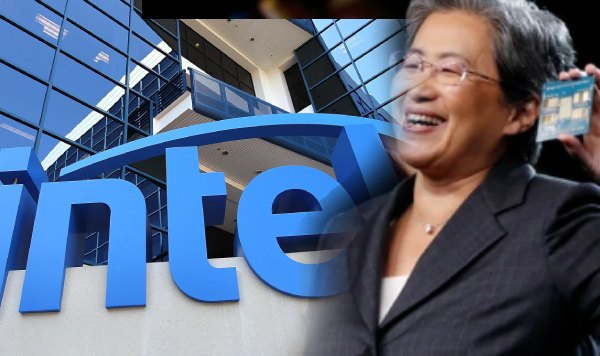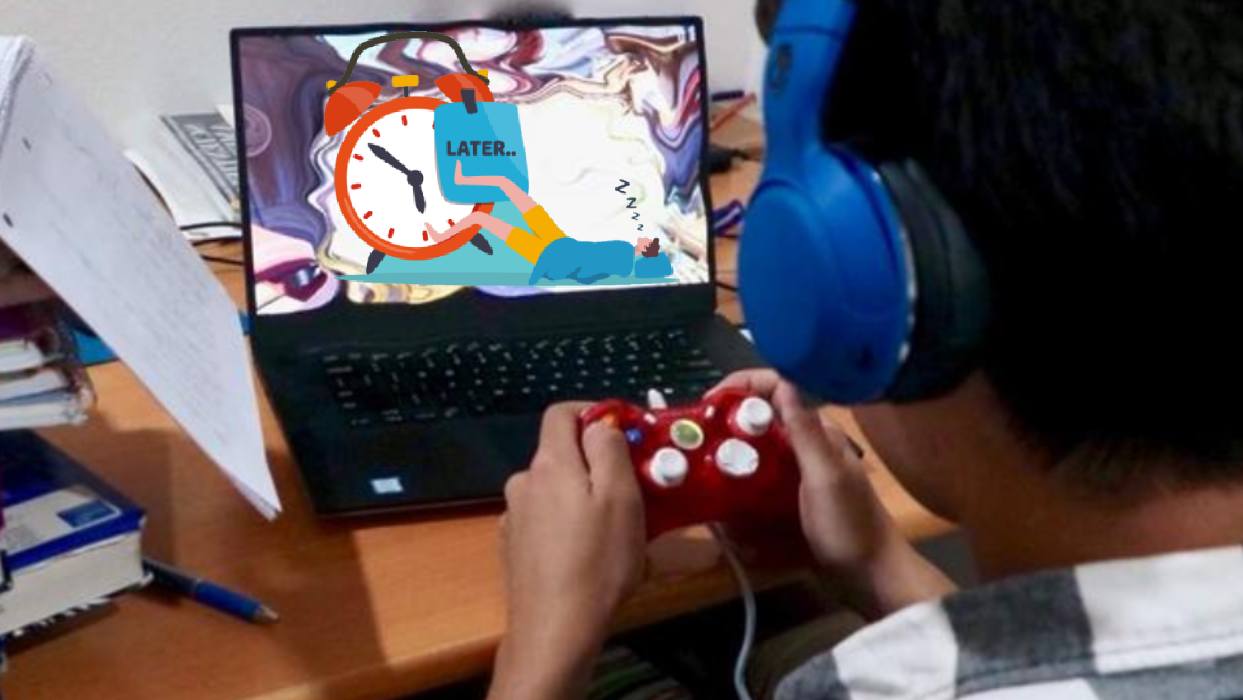Intel shares set to fall most in 24 years as it struggles with turnaround
The news highlights a major setback for Intel, reflecting the challenges the company faces in the highly competitive semiconductor industry. Here’s a breakdown of the situation:
Historical Context:
Dominance in the 1980s and 90s : Intel was a leading chipmaker, with its “Intel Inside” slogan prominently featured on personal computers.
Four Horsemen of the Dot-Com Era : Along with Cisco, Microsoft, and Dell, Intel was a major player in the technology boom of the late 1990s and early 2000s.
Market Peak and Decline : Intel’s market cap peaked at nearly $500 billion in 2000 but fell during the dot-com crash and has never fully recovered since.
Technological Shift:
The rise of mobile devices : The launch of the iPhone in 2007 and the growth of mobile computing shifted demand toward low-power, cost-effective processors, an area where Intel struggled to compete effectively.
Market Competition:
Losing ground to rivals : Intel has fallen behind companies like TSMC, Nvidia and AMD in Taiwan, which have made significant advances in semiconductor technology and manufacturing capabilities.
Industry Shift: Nvidia and AMD have captured significant market share in areas like graphics processing units (GPUs) and other chip technologies crucial for AI and data centers.
Financial Struggles:
Dividend Suspension : Intel has suspended its dividend, a move often seen as a last resort to preserve cash, indicating financial pressure.
Workforce reduction : The company announced a 15% reduction in its workforce to cut costs and reorganize resources, impacting employee morale and market confidence.
Strategic changes :
Revenue Forecast and Market Reaction : Intel’s quarterly revenue forecast fell short of market expectations, resulting in a massive 20% drop in pre-market trading and a potential $25 billion loss in market value.
Long-term strategy : The company is trying to make a costly turnaround focused on revitalizing its chip business to regain its competitive advantage.
Market Implications
Stock Evaluation :
Investor Sentiment : The news has raised concerns among investors about Intel’s ability to effectively execute its turnaround strategy and regain its position as a leader in the semiconductor industry.
Industry Position:
Comparison with Competitors: Intel’s valuation would be less than that of companies like Applied Materials and Lam Research, which supply equipment to chip manufacturers, highlighting Intel’s weakened industry position.
Challenges Ahead: The company faces an uphill battle to innovate and compete in a rapidly evolving tech landscape driven by AI, data centers, and mobile technologies.
Conclusionconclusion
Intel’s current situation underscores the difficulties it faces in adapting to a transformed technology landscape. The company’s efforts to cut costs and invest in a turnaround plan are critical to its future prospects. However, regaining market leadership will require strategic innovation and successful execution to catch up with competitors who have capitalized on emerging technology trends.
Intel’s current situation underscores the difficulties it faces in adapting to a shifting technology landscape. The company’s efforts to cut costs and invest in a transformation plan are critical to its future prospects. However, regaining market leadership will require strategic innovation and successful execution to catch up with competitors that have benefited from emerging technology trends.












Leave a Reply